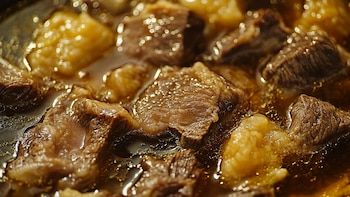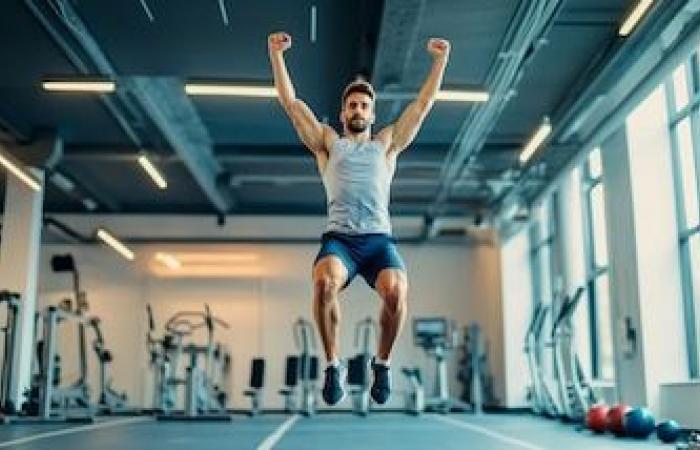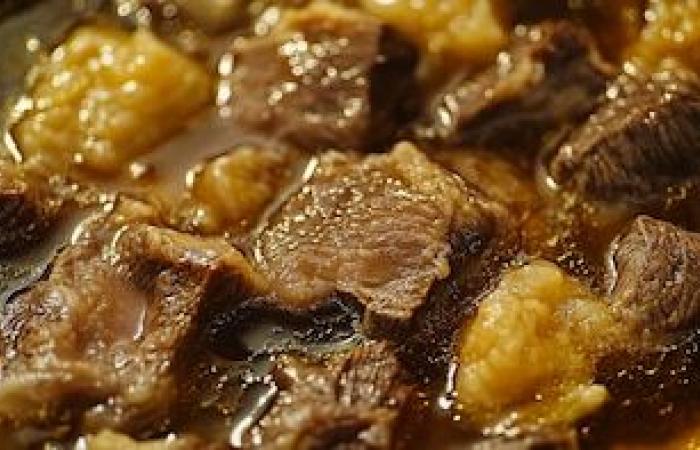In the field of physical training and sports nutrition, creatine occupies a place prompted for its ability to enhance muscle performance and favor the development of muscle mass.
This compound, that the body can synthesize and is also found in certain foods, It acts directly on cell energy productionfacilitating rapid regeneration of adenosine triphosphate (ATP), the main source of energy during intense efforts. Thanks to this function, Improves strength, resistance and muscle recoverywhich makes it an effective tool for those who seek to optimize the results of their training.
The creatine it’s a Organic compound classified as a Non -essential amino acidwhich means that the human body can synthesize it by itself. Its production occurs mainly in the liver, kidneys and pancreas, from three amino acids: Arginine, glycine and methodin.
Once synthesized, creatine is stored in a 95% in the muscleswhere it fulfills a crucial function: participates directly in the production of cellular energy through the generation of ATPthe main energy fuel during high intensity activities. This way, facilitates performance in intense muscle efforts.
In addition to its endogenous production, creatine is also naturally found in some foods and can be consumed as nutritional supplementespecially in sports contexts or demanding physical training. “Our body is also able to synthesize creatine, but that internal production is usually insufficient to cover the needs of people who practice intense exercise or seek optimal sports,” said Javier Marhuenda, aExperto de la Spanish Academy of Human and Dietary Nutrition In an article published by the entity.

Creatine contributes to the increase in muscle mass through multiple physiological mechanisms backed by scientific evidence:
- Increase in energy available for muscle: creatine participates in the formation of ATP (adenosine triphosphate)which is the main source of energy for rapid and intense muscle contractions. This allows muscles to work with greater intensity and for longer during training.
- Improvement of performance and muscle strength: Revised studies – such as an analysis of 16 investigations published in Nutrients– They concluded that creatine supplementation generates significant improvements in muscle strength and hypertrophy compared to placebo, both in trained and unreasonable people.
- It favors the recovery and tolerance to effort: benefits were documented in the recovery capacity and in the fatigue resistancewhich allows to sustain exercise routines with greater effectiveness and continuity.
- Specific increases in lean body mass: Another systematic review mentioned indicates that combining creatine with resistance training produces greater increases in lean muscle mass That training on its own. This answer was observed with greater intensity in men.
- Application in rehabilitation and prevention of atrophy: its usefulness in Rehabilitation contexts o Muscle loss prevention After injuries, which highlights its therapeutic function in addition to sports.
The combination of these factors explains how creatine, improving energy performance, stimulating muscle protein synthesis and optimizing recovery, favors a physiological environment that facilitates the development of muscle mass.
To creatine Participate directly in cellular energy production through a mechanism that involves the generation of adenosine triphosphate (ATP)the main energy molecule of the human body.
This process occurs in muscle tissue, where the 95% of creatine present in the body. During intense physical activities, the muscle needs ATP quickly and in large quantities. Creatine meets a central role at this point: when combined with phosphate, shape phosphocreatinewhich acts as a immediate energy reservoir. This compound quickly yields its phosphate group to ADP (Diphosphate Adenosín) to regenerate ATP, which allows sustaining high intensity muscle effort.
This ability to regenerate ATP in a fast way is the one that facilitates intense muscle workmaking the muscles more and recover better, which contributes both to performance and muscle growth.

The foods that naturally contain creatine and can contribute to increase their levels in the body are products of animal originin particular:
- Red meatsas veal and lamb.
- Blue fishlike herring, salmon and tuna.
These foods have a significant concentration of creatine, in the case of people who perform intense exercise and look for effects similar to those of supplementation, It would be necessary to consume more than a daily kilo of meat or fish to reach an effective dose. According to the specialist Javier Marhuenda, this “is not realistic or healthy for most people.”
For this reason, it stands out that Creatine supplements offer a more efficient and practical route To increase the muscle reserves of the compound, especially in the context of demanding training. In addition, it is indicated that modern supplements are synthetically elaborated and They are suitable for vegetarian or vegan dietssince they do not contain ingredients of animal origin.
The recommended daily amount of creatine It depends on the chosen supplementation protocol and whether or not an initial load phase is included:
- With load phase: It is recommended to ingest 5 grams of creatine four times a day (total of 20 grams daily) during a period of 5 to 7 dayswith the objective of quickly saturate muscles. Then, a maintenance phase of 3 to 5 grams daily.
- No load phase: In this case, a daily dose of 3 to 6 grams during three or four weekswhich allows saturation progressive of the muscles.
In addition, the Creatine absorption improvement If taken together with Carbohydrates and proteinssince the Insulin facilitates its transport to the interior of the muscle.









